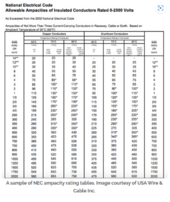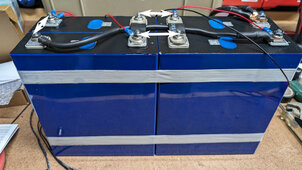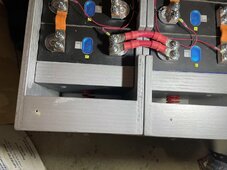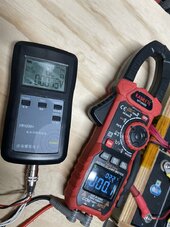buckeyestargazer
New Member
I am building a 4S 12v 230AH LiFePO4 battery and I'm thinking about putting it in a plastic case. The cells come with metal plates to tie the cells together, but the cells need to be back to back to back to back to use those.
In order to fit the cells in the case I'm considering, the cells will need to be 2x end to end, and then each of those pairs back to back. I hope that makes sense.
The issue there is that I cannot use a metal plate to tie cells 2 and 3 together. To do this I'll need to instead use a wire. My question is, what gauge wire should I use for this?
Or if this is a bad idea I'll just ditch the case and tie the cells together as usual.

In order to fit the cells in the case I'm considering, the cells will need to be 2x end to end, and then each of those pairs back to back. I hope that makes sense.
The issue there is that I cannot use a metal plate to tie cells 2 and 3 together. To do this I'll need to instead use a wire. My question is, what gauge wire should I use for this?
Or if this is a bad idea I'll just ditch the case and tie the cells together as usual.









